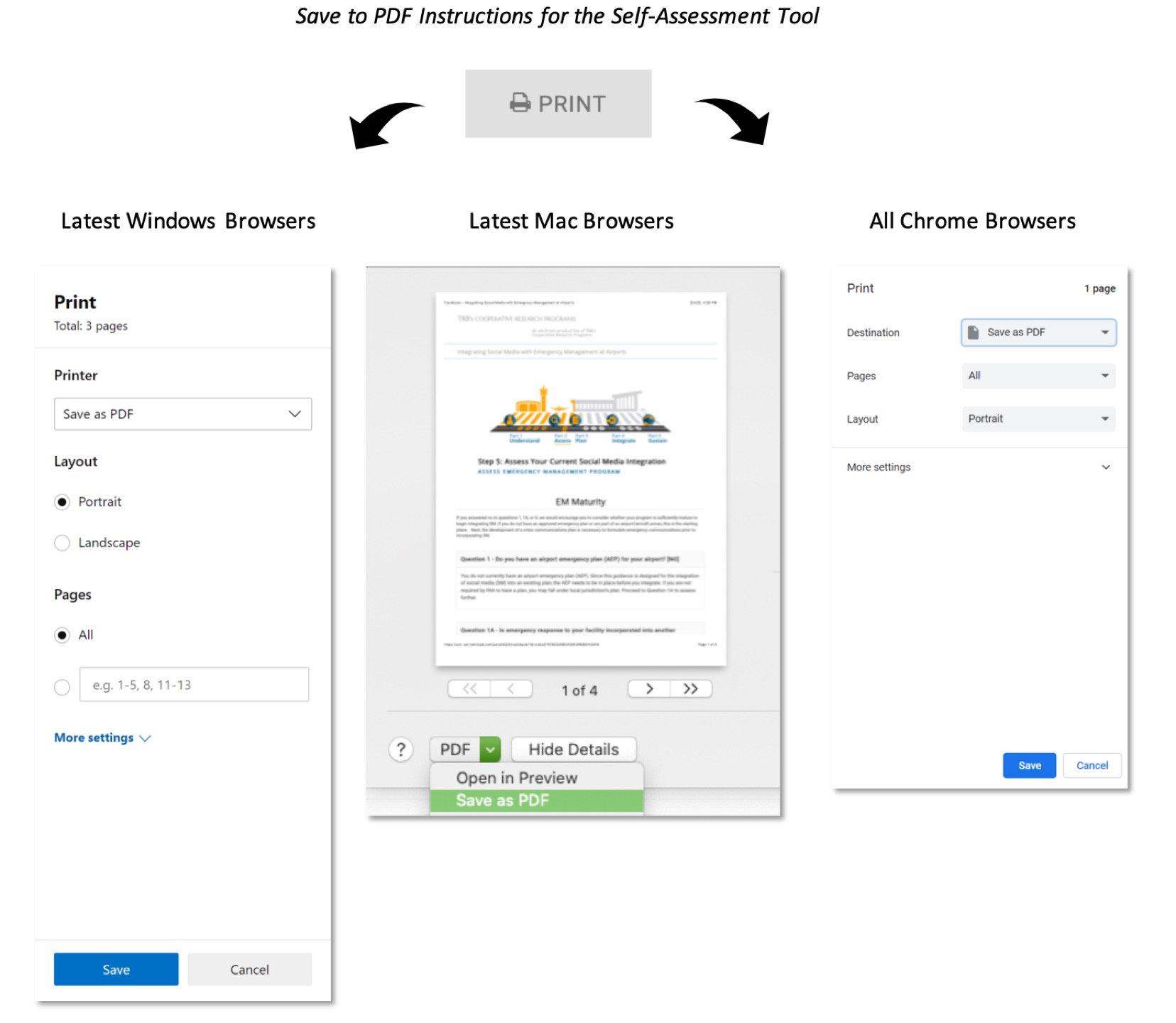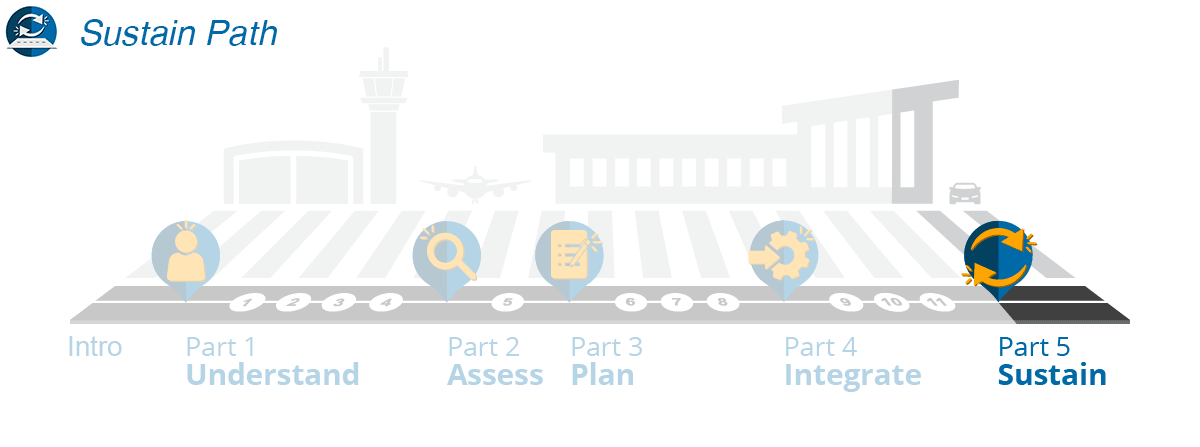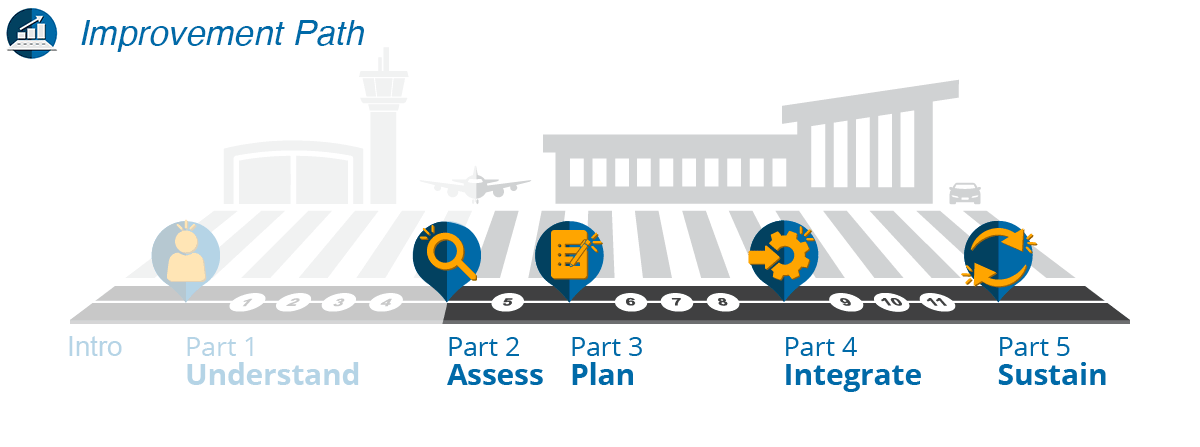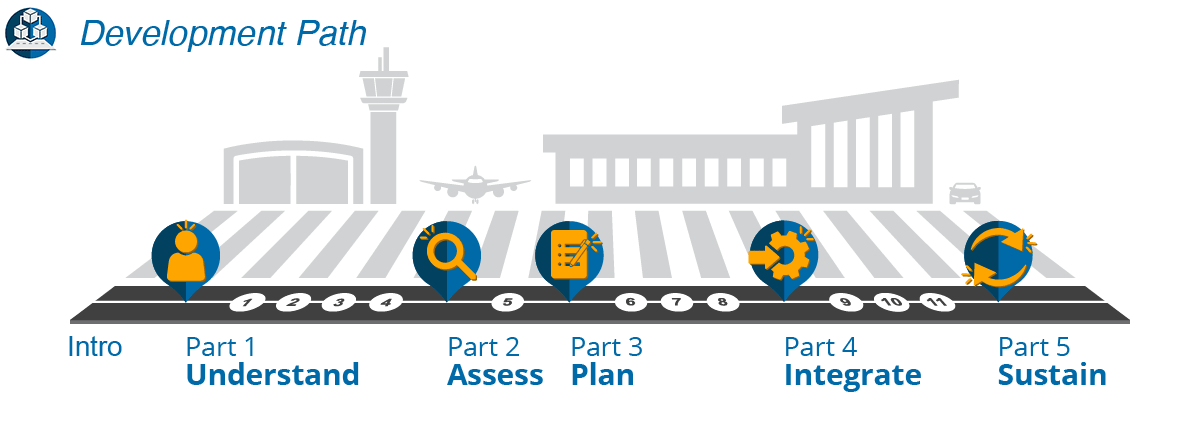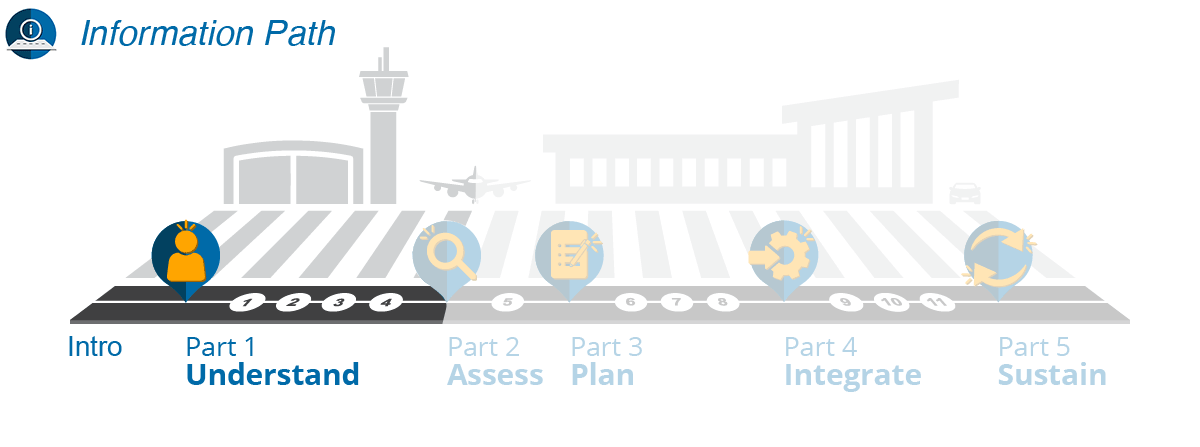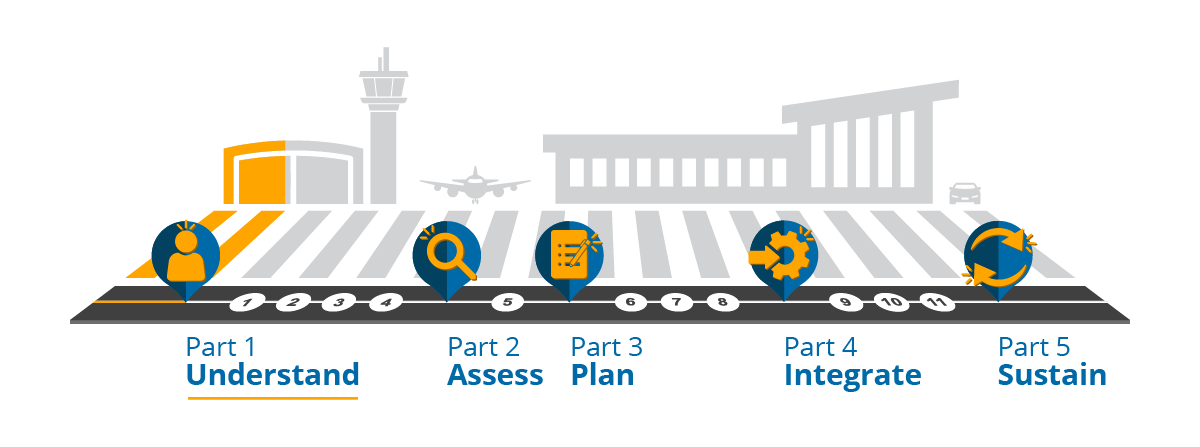
Step 1: Understand the Basic Functions of Social Media
SOCIAL MEDIA MANAGEMENT FUNCTIONS
When considering how an organization can leverage SM, most industry professionals generally refer to the following four functions: listening, engagement, publishing, and reporting. We refer to these functions throughout this WebResource as SM management functions. Building on the end user functions, the SM management functions act as a way to categorize the SM tasks that will be part of your SMEM program. Table 1.1 defines each of the SM management functions alongside examples of the information commonly observed and measured when incorporating the functions into an SMEM program.
| Function | What Is It? | What Is Observed/Measured? |
|---|---|---|
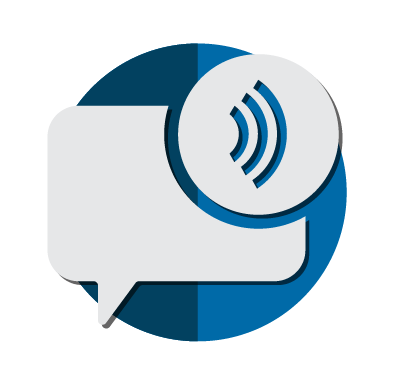 Listening |
Process of monitoring digital conversations to understand what people (e.g., airport visitors, passengers, internal and external stakeholders, etc.) are saying about your airport (i.e., broad-market listening). It allows for prioritization and evaluation of questions and/or comments from the public. The type of comment will determine the level of engagement and publishing necessary, depending on what has been "heard." Organizations can utilize filtering tools to facilitate listening or contract out the service if in-house resources are not available. | Trends, mentions of the airport, key issues, key words and phrases, relevant events |
 Engagement |
Process of connecting directly with individuals in response to questions and/or comments. Engagement affects customer service quality and provides insight into issues that could impact your airport. Engagement can be performed on SM channels by replying to public comments or directly messaging with users. It can also encompass the use of private secure responder messaging channels to facilitate and enhance emergency response. | Response rates, time to first response, topics/trends |
 Publishing |
Process of proactively posting/communicating with the public and your stakeholders to make announcements or provide updates. The goal is communicating well enough that the public and stakeholders pay attention to what is being said. Coupled with other forms of communicating (traditional media, public address announcements, etc.), publishing can broaden your reach. Publishing can be performed effectively through the SM channels, private secure responder messaging channels, and mass notification systems defined earlier. | Engagement rates, social activity (e.g., likes, shares, re-tweets) |
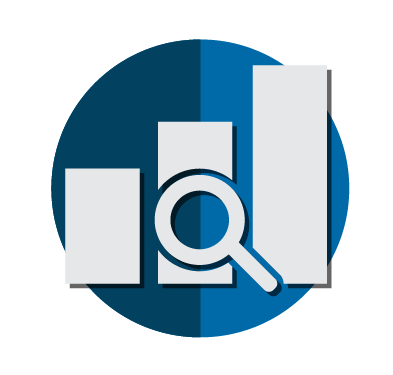 Reporting |
Process of consolidating and (i.e., tabulating/ organizing) and internally distributing the information gathered through the other three functions. This information can be useful during real-time situations to assess the effectiveness of your engagement and publishing activities and to focus your listening. Reporting is also useful for post-event evaluations and process improvements. | Summary data, performance monitoring, crisis traffic volume, trending terms |
Throughout this WebResource, you will be challenged to think through these functions and consider how they apply to your airport, given its size, complexity, and current level of SM usage and EM maturity. Your airport may be similar to most airports, mostly focused on publishing for the purpose of advertising or encouraging onsite shopping. To go further, you will want to consider such issues as
- Do you employ listening to get an understanding for how passengers feel about their experience at your airport?
- Do you then engage with passengers either privately or publicly to resolve issues or thank them for their business?
- Do you perform any reporting on those interactions to enhance airport business decision making?
Whether or not you currently perform these functions, this WebResource will guide you through assessing your capability, casting a vision for what functions you will use, and then developing your plan built around your vision and goals for your SMEM program.
Although all stakeholders involved in building your program should understand these functions, the SM role is best handled by your SM management team and will need to be integrated into emergency response plans and procedures. In Step 2: Understand Social Media Uses in Emergency Management, we provide you some useful examples for using the SM management functions through the four phases of emergency management (mitigation, preparation, response, and recovery) and expanding your understanding of SM use.
Depending on your current level of SMEM maturity (you can find out by completing the Self-Assessment Tool), you might be somewhat overwhelmed by the breadth of SM options and possibilities, especially if you represent a small airport or consider yourself a novice in the subject and use of SM. We suggest that you keep the "Do 1 Thing"2 concept in mind and consider doing what you can within your resources. The concept was developed to confront the stagnation that occurs when people are confronted with a large task to accomplish without knowing where to begin. The concept of Do 1 Thing entails choosing at least one item each month, so that by the end of the year, you have a completed a number of tasks. The entire effort may not be complete, but you can make some progress with the resources you have. Apply this concept to your SMEM program. You can then look for opportunities to improve your capabilities as you progress through your integration efforts. You can always add more later.
REFERENCES
2. "Do 1 Thing," Do 1 Thing, accessed September 13, 2019, https://do1thing.com/.
